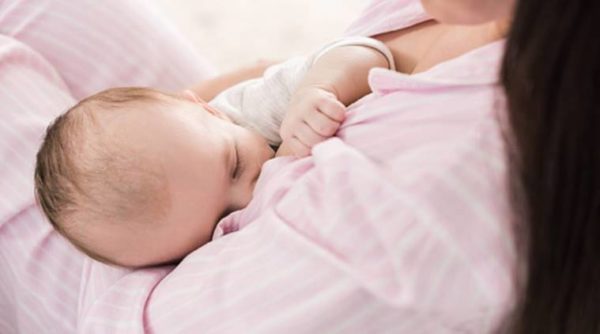

A new study suggests vaginal delivery and breastfeeding lessen the number of incidents of allergy and asthma in kids up to the age of 18.
Researchers compared the records of 1,58,422 children to analyse how the method of birth (vaginal vs caesarean) and feeding practice (breastfed or bottle fed) influenced the number of allergic conditions reported by each young person up to 18 years.
According to the study, children delivered vaginally had lower rates of one, two three and four allergic conditions. The protective effect is linked to the microbiome. A vaginal delivery is believed to pass healthy bacteria on to babies which, in turn, boosts their immune systems but those delivered via C-section miss out on it, it reports.
“I think there’s some pretty good evidence now — from animal models and associations in humans — to suggest that the birth canal is probably the source of microbial introduction,” said study researcher David Hill, MD, Children’s Hospital of Philadelphia.
Again, children who were exclusively breastfed were found to have reduced rate of one, two and three conditions.
Supplemental breastfeeding (giving additional milk aside from breast milk to a breastfed baby due to latching or supply issues) protected against the development of a single allergic condition. For kids who got two or more conditions, supplemental breastfeeding had no effect.
Can breast pumps increase the risk of asthma, obesity in babies?
“It is nice to see that even supplemented-breastfed babies benefit. I was surprised to see the degree of this benefit,” Hill added.
The study was presented at the American College of Asthma, Allergy & Immunology Scientific Meeting.